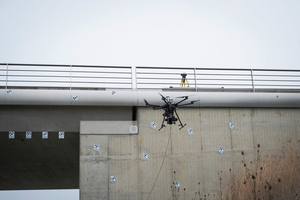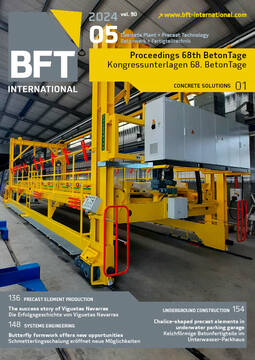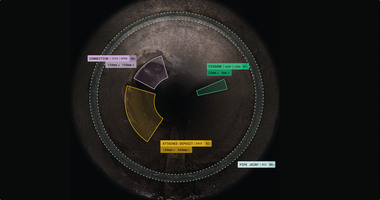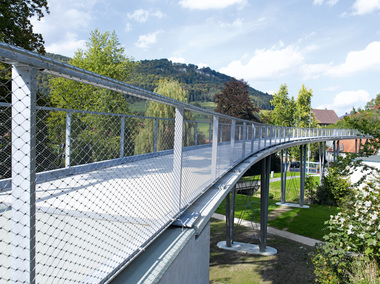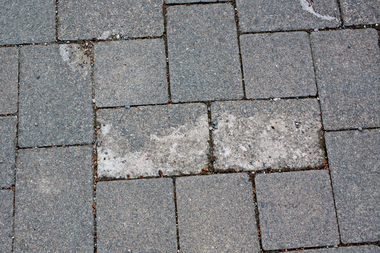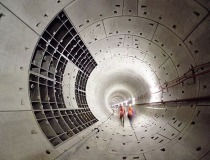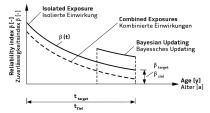Drone-assisted condition assessment of bridge structures
The condition of bridge structures is deteriorating rapidly on a global scale due to their increasing lifespan and traffic volume. This poses a hazard to people’s safety, and bridge closures can cause economic damage. To address this issue, new damage assessment methods are required that can quickly detect and locate damage.
The Deformation Area Difference (DAD) method is a procedure developed to address this problem. It uses information from the deformation curve of a bridge structure to assess its condition. Damage can be detected and located by comparing the area differences of discrete structural sections between the curvature line of the undamaged numerical model and the curve obtained from static load deflection measurement.
In a first step, the reliability of the method was demonstrated under laboratory conditions on reinforced concrete beams and a steel beam. To prove the applicability of the method, an in-situ experiment was subsequently conducted on a real bridge in Altrier, Luxembourg, using photogrammetry and drones. Since this bridge is new, the research focused on the analysis of the precision and effectiveness of the method under real-life conditions.
In addition, a parametric study using Grasshopper and SoFiSTiK was performed to investigate the potential of the method. This study analyzed different bridge structures, such as hollow box bridges, girder bridges, and slab bridges, to evaluate the impact of local damage within the cross-section on the overall structural behavior and on the detectability of damage within the cross-section. Furthermore, various parameters including measurement accuracy, deflection value, damage level, damage position, and load position were investigated to evaluate their influence on damage detectability using the DAD method.

